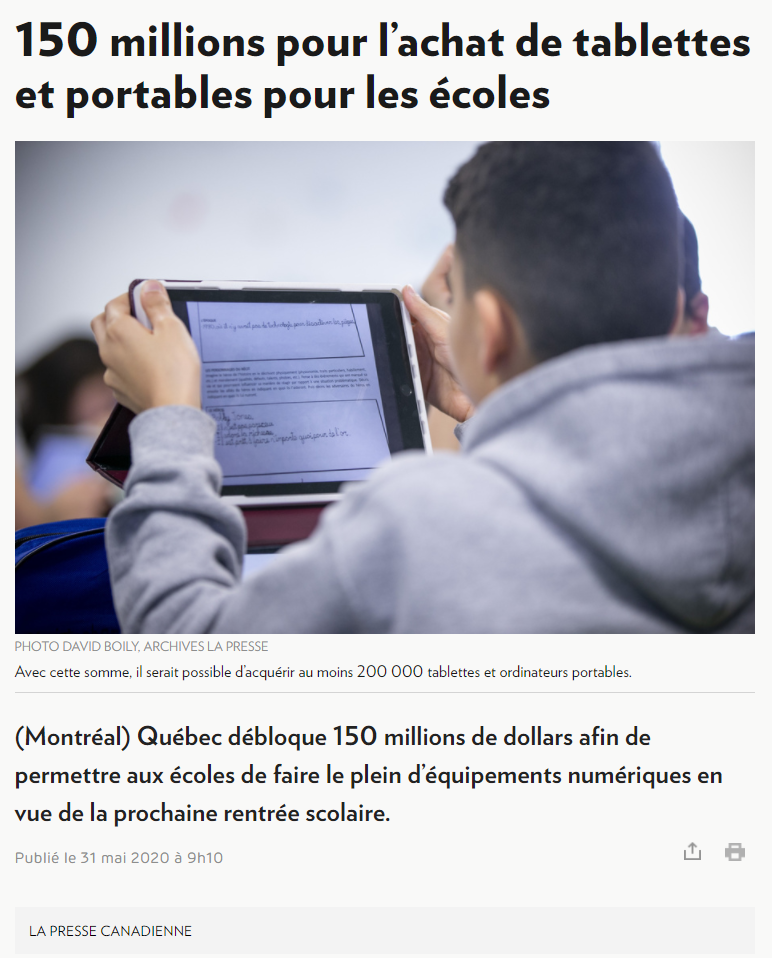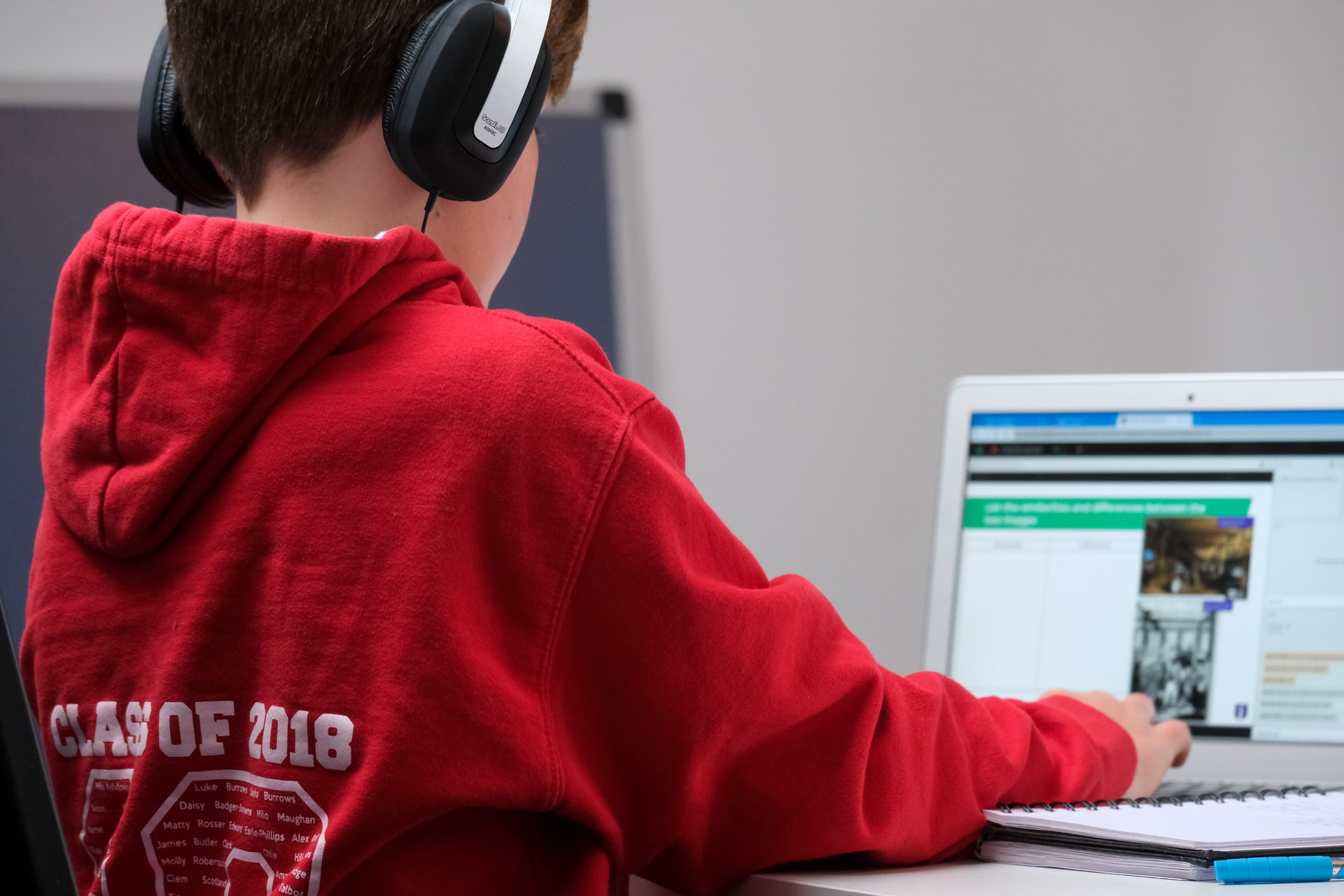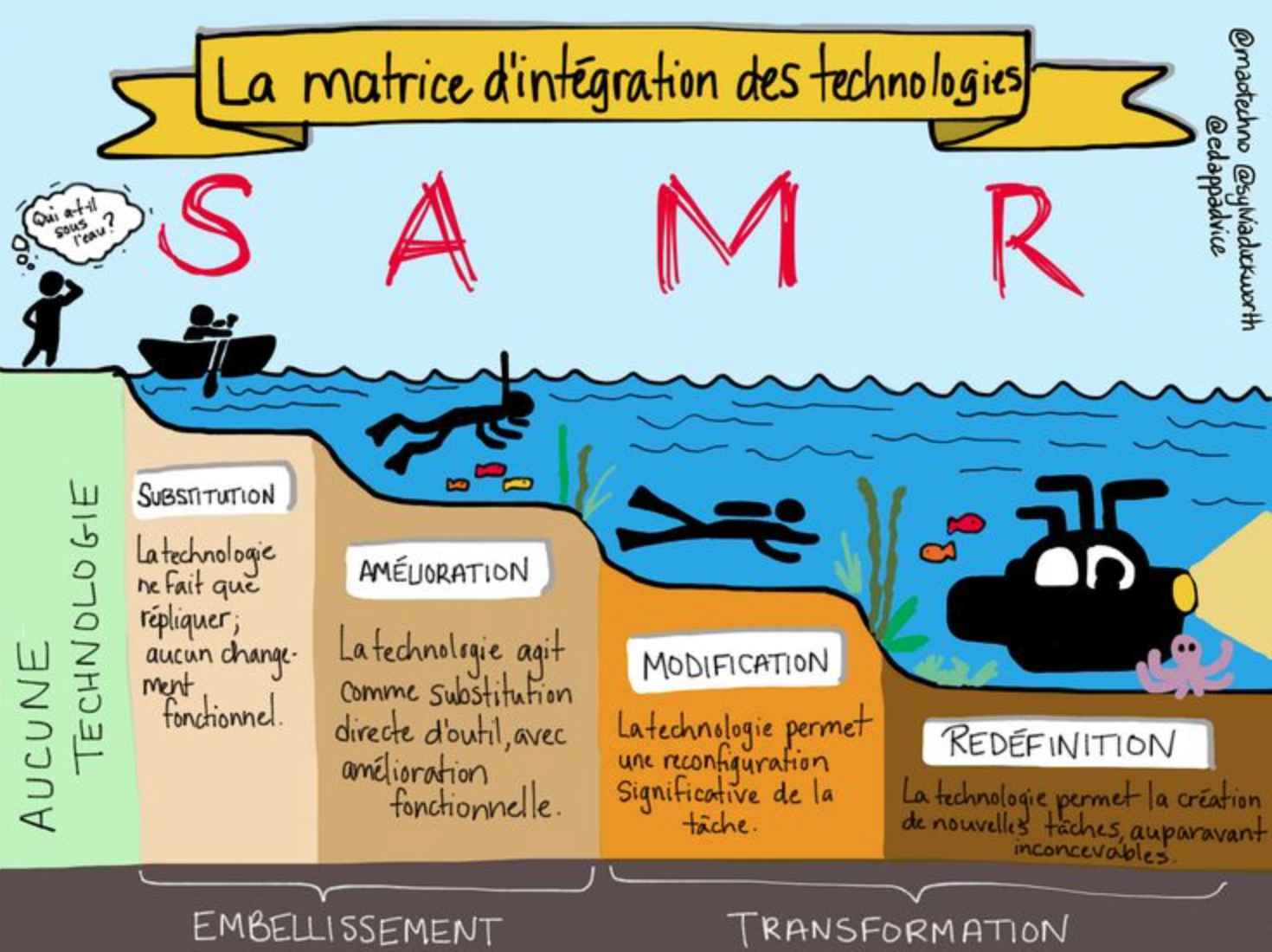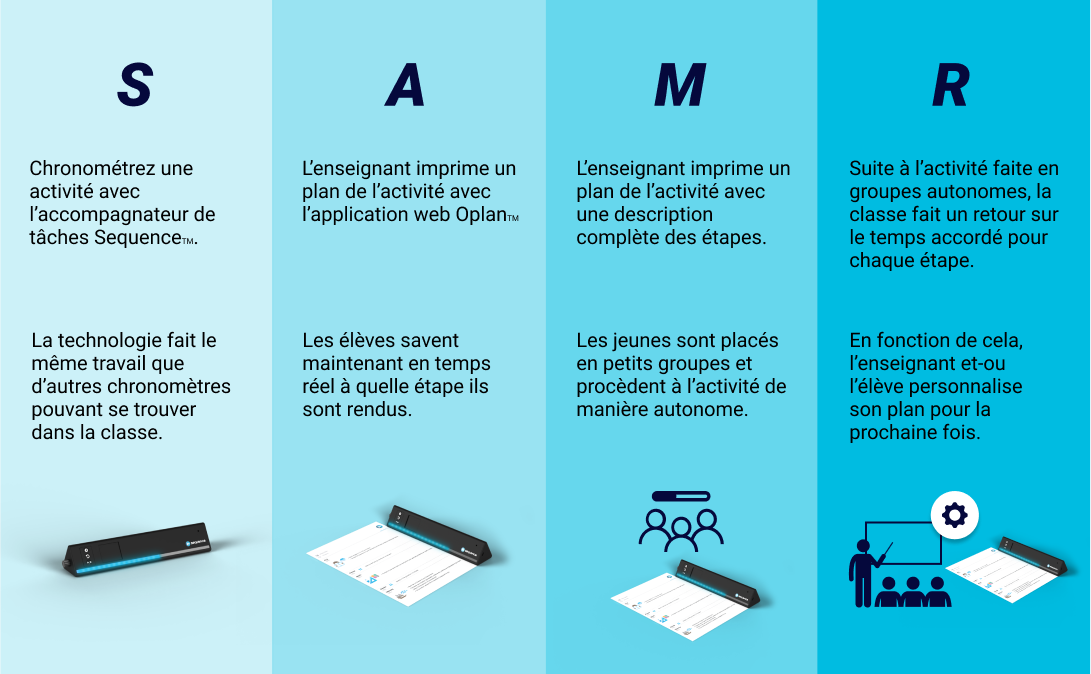June 16, 2021
• Rosalie Couturier
• VP Partenership & Research, Oplan
A Reflection Guide: Digital Transformation in Schools
Digital transformation and technology integration in schools is no small task and forced virtual classrooms have precipitated the purchase of many products.
On May 31, 2020 it was announced:

Result:
The intersection of technology and education is growing, and the ocean of wonderful products and possibilities that is educational technology suddenly looks like a huge pile to be sorted out.
To make your job easier, this article will introduce you to a reflection tool that will be a compelling next step in the right direction.
Developed and published by education researcher Ruben Puentedura in 2010, the SAMR model has been able to help thousands of educators and administrators make a digital transition and better integrate technology into their classrooms.
What I love about this model is that it was designed to focus on the learning experience, not the technology. Here we'll cover the definition of the model and when and how to use it.
Whether you are already an avid fan of educational technology or just an administrator or teacher interested in exploring the possibilities, I hope this article enriches your thoughts.
What is the SAMR model?
In a nutshell? It's an acronym that divides different technologies and practices according to their impact on the learning experience. The illustration below is a great representation of it.
Why did I distinguish technologies and technological practices a little earlier?
Because the same technology can be located at different levels depending on how we use it, and therefore on our practices.
Let's take the Oplan’s (
Sequence™ and
Oplan web app) tools as an example:
While it may be tempting to use this model to go for the most attractive technology, its purpose is, instead, to provide you with a matrix to find the tool you really need to pursue your digital transformation.
Indeed, some practices or digital tools will always be in the same category, which is not bad in itself. Not everything can and should be transformative.
Which brings us to our next point…
How can the SAMR model be used to ensure good technology integration?
The first part of the answer lies in the "When".
Knowing when you are ready to use this model is addressed in one question:
•Is the teacher motivated and committed to the idea of questioning and changing his own teaching and learning practices?
This question may seem simple and even obvious.
However, it is an important point because the teacher's commitment to the process will have a direct impact on the success of the integration of the practice as well as on the achievement of the level of impact that was intended on the learning experience.
Next, when addressing the "How", two main approaches emerge from the literature:
•Spontaneous use - Short term
•Ongoing use - Long term
With the first approach, the matrix can be used with a particular lesson or subject. For example, a teacher who spontaneously decides to shake things up a bit can then rank the available solutions and make a wise choice based on his or her goals, abilities and motivations.
With the second approach, the matrix is used to create a gradual plan for transformation over a period of time. In this way, a teacher can set goals over several years that lead them to implement practices that will allow them to transform and improve their teaching thanks to technology.
Thus, through all of this, whether it is for a spontaneous purchase or for a more complex process of technological transformation, it is always important to identify one's pedagogical intention. Without it, the selection process would be meaningless.
Anyway, in this short introduction to the SAMR model...
We have covered the definition and description of the model, invented by Ruben Puentedura, and we have explored two ways to use the matrix.
If you are unfortunate enough to be able to retain only one piece of information from this article, I would cross my fingers and hope that it would be this one:
Technology is in the service of improving teaching. Not the other way around.
Because, at the end of the day, the implementation of practices and technologies can only work in the long run if the end in itself is the improvement of learning, the impact of the experience, not the implementation of the technology.
Inspired by Youki Terada (2020), I have for you the following questions:
If, following a reflection, choosing and using the right technology for yourself and your classroom could create:
• Improved lessons…
• Increased student engagement and skill learning…
• A learning experience that more closely resembles real world learning...
As educators, as administrators, as support professionals, isn't that the only thing that really matters?
Intrigued by the model or our products and would like to know more? Contact me at
info@oplan.ca, so I can direct you to a wealth of additional resources and information!
But most importantly,
share and discuss with your colleagues!

Share

Share



